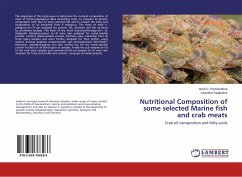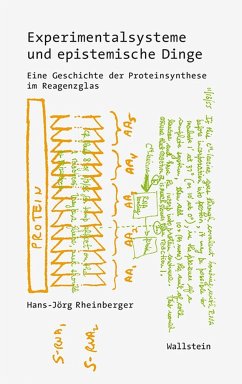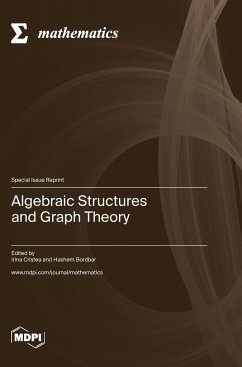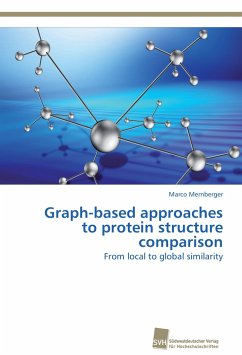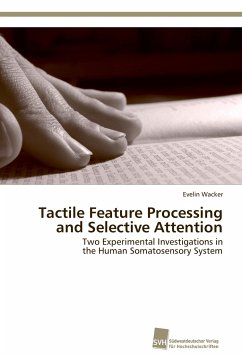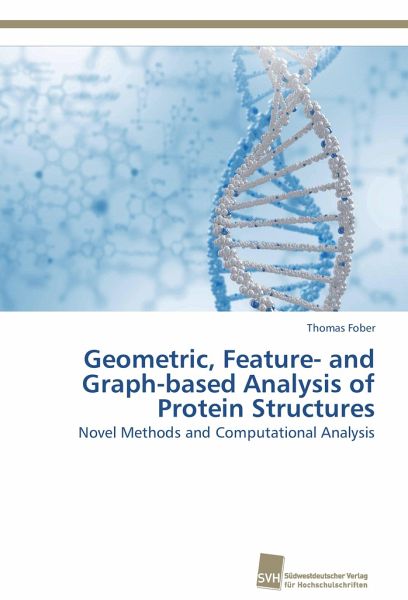
Geometric, Feature- and Graph-based Analysis of Protein Structures
Novel Methods and Computational Analysis
Versandkostenfrei!
Versandfertig in 6-10 Tagen
68,99 €
inkl. MwSt.

PAYBACK Punkte
34 °P sammeln!
The structural comparison of whole proteins or protein binding sites is usually performed by making use of graphs. Even though graphs exhibit a lot of interesting and useful properties, the usage of other representations can come along with several benefits. In this book the representation of a protein binding site is tackled. Three representations are considered namely the geometric, the feature-based and the graph-based representation. For all three types, some completely new algorithms are developed and presented. Moreover, existing methods are adapted to the application of protein binding ...
The structural comparison of whole proteins or protein binding sites is usually performed by making use of graphs. Even though graphs exhibit a lot of interesting and useful properties, the usage of other representations can come along with several benefits. In this book the representation of a protein binding site is tackled. Three representations are considered namely the geometric, the feature-based and the graph-based representation. For all three types, some completely new algorithms are developed and presented. Moreover, existing methods are adapted to the application of protein binding sites' comparison. In addition, algorithms for the construction of multiple structural alignments are presented as a structural counterpart to multiple sequence alignment. By considering four different types of experiments, namely classification, similarity retrieval, clustering and construction of structural alignments, strengths and weaknesses of the proposed methods are detected and discussed. In addition a hybrid approach is presented which combines the benefits of a feature-based and a geometric method leading to a significant speed-up while still holding very good results.



